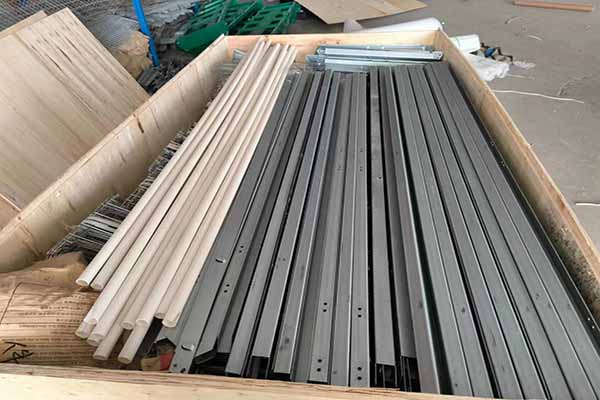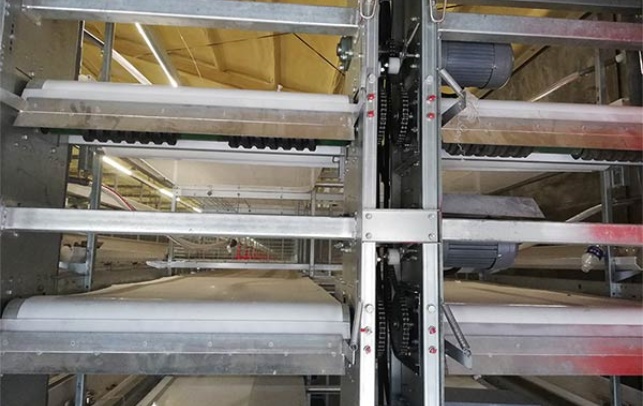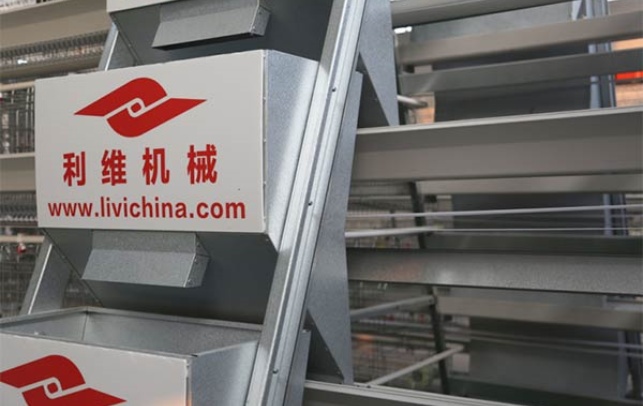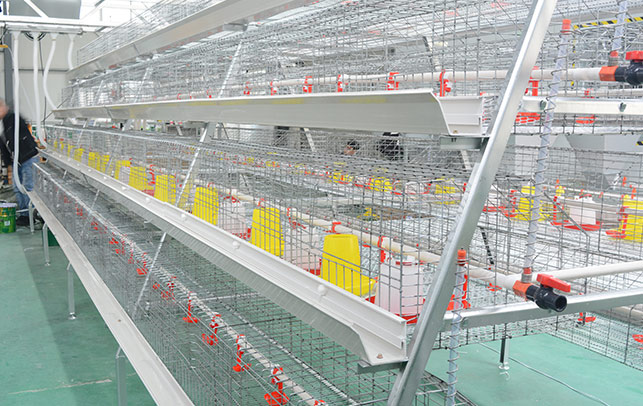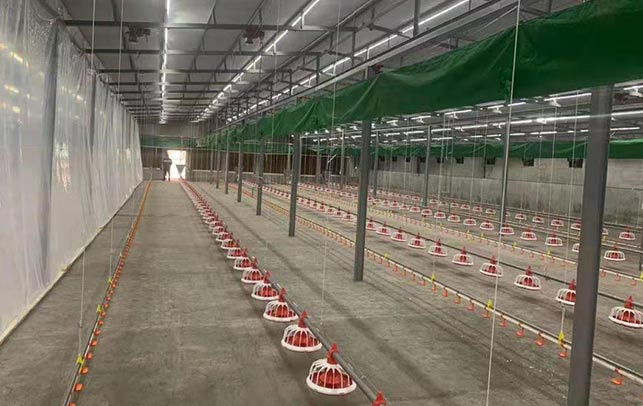Tanzania Chicken Equipment Maintenance Guide
Time : 2025-04-25
Are you a poultry farmer in Tanzania looking to keep your chicken equipment in top shape? You’ve come to the right place! In this comprehensive guide, we’ll walk you through the ins and outs of maintaining your chicken equipment. Whether you’re dealing with feeders, waterers, or brooders, we’ve got you covered. So, let’s dive in and make sure your chickens are living in a well-maintained environment!
Introduction to Chicken Equipment Maintenance
Maintaining your chicken equipment is crucial for the health and productivity of your flock. Regular maintenance not only ensures that your equipment operates efficiently but also prolongs its lifespan. In this guide, we’ll cover the basics of maintenance for various chicken equipment types, from feeders and waterers to brooders and nesting boxes.
1. Feeder Maintenance
Feeder maintenance is essential to prevent feed spoilage and ensure that your chickens have access to fresh food. Here’s how to keep your feeders in good condition:
a. Regular Cleaning
– Frequency: Clean your feeders at least once a week, or more frequently if you notice signs of spoilage or mold.
– Materials: Use a brush or a garden hose to clean the feeders. Avoid using harsh chemicals that could contaminate the feed.
– Inspection: Check for cracks, rust, or other damage. Replace feeders if necessary.
b. Storage
– Proper Storage: Store feeders in a dry, clean area when not in use.
– Prevent Moisture: Ensure that feeders are not exposed to moisture, as this can lead to rust and mold.
2. Waterer Maintenance
Waterers are just as important as feeders, as chickens need access to clean water at all times. Here’s how to maintain your waterers:
a. Daily Cleaning
– Frequency: Clean waterers daily to remove algae, debris, and bacteria.
– Materials: Use a brush and a solution of vinegar and water to clean the waterers.
– Inspection: Check for cracks, leaks, or sediment buildup. Replace waterers if necessary.
b. Water Quality
– Water Source: Ensure that the water source is clean and free from contaminants.
– Filter: Consider installing a water filter to improve water quality and reduce maintenance.
3. Brooder Maintenance
Brooders are crucial for keeping newborn chicks warm and comfortable. Here’s how to maintain your brooder:
a. Temperature Control
– Monitor: Use a thermometer to monitor the temperature inside the brooder.
– Adjust: Adjust the heat source as needed to maintain the optimal temperature for chicks.
b. Cleaning
– Frequency: Clean the brooder at least once a week, or more frequently if needed.
– Materials: Use a mild detergent and water to clean the brooder.
– Inspection: Check for any damage to the heating elements and replace them if necessary.
4. Nesting Boxes Maintenance
Nesting boxes are essential for hens to lay their eggs. Here’s how to keep them in good condition:
a. Placement
– Location: Place nesting boxes in a quiet, dark area of the coop.
– Accessibility: Ensure that hens can easily access the nesting boxes.
b. Cleaning
– Frequency: Clean nesting boxes at least once a week.
– Materials: Use a brush and a mild detergent to clean the boxes.
– Inspection: Check for cracks, rust, or other damage and replace boxes as needed.
5. General Maintenance Tips
Here are some general tips to help you maintain your chicken equipment:
– Regular Inspection: Regularly inspect your equipment for signs of wear and tear.
– Preventative Maintenance: Address any issues early to prevent more significant problems.
– Documentation: Keep a maintenance log to track when you performed maintenance and what was done.
Conclusion
Maintaining your chicken equipment is a crucial part of being a responsible poultry farmer. By following the guidelines in this guide, you can ensure that your chickens have a healthy, comfortable environment. Remember, regular maintenance not only keeps your equipment running smoothly but also extends its lifespan. Happy farming!
